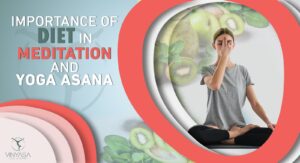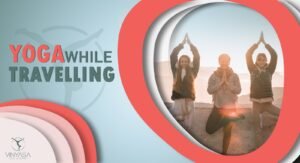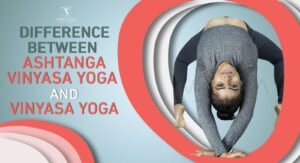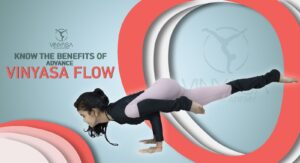Our sense of balance is challenged when we have to squat and twist at the same time, not to mention hug the arms around the shins and the body. Can you say pretzel?
This is an advanced pose, but it comes with various versions which are easy to start with. Warm up before trying this deep twist, and exercise patience. (xanax online romania) Rare are the folks who can nail this during their first year of asana practice.
Noose pose / Pasasana Preparation:
Use Downward Facing Dog Pose to stretch the calf muscles as a warm-up. Although the stretch of Downward Dog has a slightly different focus than Pasasana, it is still useful to gain length in the gastrocnemius and soleus muscles at the backs of the lower legs. Place the heels on a block in the beginning to aid in balance and to compensate for tightness in the calves. Actively engage the muscles at the fronts of the lower legs to bring the heels toward the floor (through dorsiflexion of the ankles).
Prepare the arms for internal rotation with reverse namasté (Paschima Namaskarasana) or Gomukhasana. Practice Marichyasana III to prepare the torso for the twist. If you can’t link the arms behind the back, use a belt. Alternatively, try the chair twist shown here. Work toward placing the heels and soles of the feet onto the mat. Then brace the abdominals and carefully release the pose. You will see that the knees are uneven when you go into the twist. Follow the steps outlined below…
Step 1. There is a tendency in Pasasana to flex the knees using only the body weight and gravity. Instead, make it an active pose by contracting the hamstrings to bend the knees. This produces reciprocal inhibition of the quadriceps, allowing them to relax into the stretch.
Dorsiflex the ankles to lower the heels. Do this by drawing the tops of the feet toward the fronts of the shins. This activates the tibialis anterior muscles at the fronts of the lower legs, at the same time signalling the gastrocnemius and soleus muscles to relax (reciprocal inhibition).
Step 2. Laterally flex and turn the torso by engaging the lower-side oblique abdominals. Add to this lateral flexion by contracting the erector spinae and quadratus lumborum. The cue for this is to gently arch the back.
Step 3. The knees will tend to be uneven due to the turned pelvis. Work toward bringing them together. Note that the hip you are turning toward is flexing more than the other hip. Balance this with extension by contracting the gluteus maximus (squeezing the buttocks) on this side. The other hip contributes to the unevenness because it is more extended. Address this by engaging the psoas (the main hip flexor) to bring the knees in line with each other. A cue for contracting this muscle is to squeeze the thigh upwards against the torso. Co-activating these two muscles creates a “wringing” effect across the pelvis and tightens the sacroiliac ligaments (ligamentotaxis). The result is a bandha that stabilizes the pose.
Step 4. Once you have brought the knees in line with each other by engaging the muscles described in Step 3, lock them in place by contracting the adductor group on the insides of the thighs to squeeze the knees together. Then press the balls of the feet into the mat by activating the peroneus longus and brevis muscles at the sides of the lower legs. Balance this action by contracting the tibialis posterior to slightly invert the ankles and lift the arches of the feet. This aids to distribute the weight evenly across the soles.
Step 5. Engage the pectoralis major, anterior deltoids, and subscapularis muscles to internally rotate the shoulders. A cue for this is to imagine lifting the hands off the lower back.
– See more at: http://www.gaia.com/article/breaking-down-pasasana-noose-pose#sthash.LBNDYVEy.dpuf
Benefits of Pasasana
Pasasana is a great stretch for the spine. It relieves tension in the upper back and shoulders. The hips and ankles are strengthened due to the squatting position of the legs. The pose also improves digestion and elimination, and increases blood circulation.
 +91-8755744872
+91-8755744872
 contact@vinyasayogaacademy.com
contact@vinyasayogaacademy.com






